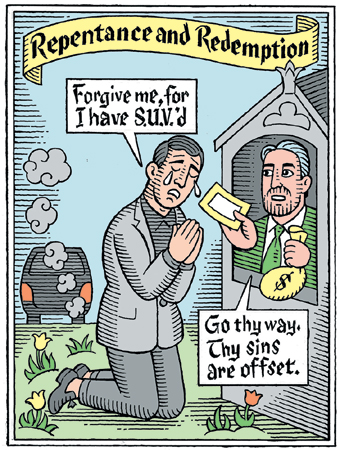extinction as glacier-fed streams warm up
Vail Valley mountain critter endangered? VailDaily.com:
"Responding to citizen petitions and lawsuits by environmental groups, the U.S. Fish and Wildlife Service this week announced it will consider adopting strict protections for 29 plant and animal species in the western U.S... Of the 29 species the service will be reviewing, 20 are plants, one is a fish, two are insects, and six are snails. The species are spread across 21 U.S. states and parts of Canada. Nearly all of these plants and animals are threatened by the loss or degradation of their habitat.
"Responding to citizen petitions and lawsuits by environmental groups, the U.S. Fish and Wildlife Service this week announced it will consider adopting strict protections for 29 plant and animal species in the western U.S... Of the 29 species the service will be reviewing, 20 are plants, one is a fish, two are insects, and six are snails. The species are spread across 21 U.S. states and parts of Canada. Nearly all of these plants and animals are threatened by the loss or degradation of their habitat.
The Service also found that climate change is a threat for several of these species. The mist forestfly (Lednia tumana), for example, depends on glacier-fed streams in Glacier National Park for survival. The streams are under threat from rising temperatures. Scientists predict all glaciers in Glacier National Park will disappear by 2030.
“The mist forestfly is like a tiny polar bear; its existence is tied to habitat that is melting away due to the climate crisis. This forestfly deserves federal protection, and its recovery must entail defense of the glaciers in Glacier National Park,” Rosmarino said, explaining how climate change threatens species that rely on small slivers of high mountain habitat that are especially susceptible to climate change.
Read rest of article
“The mist forestfly is like a tiny polar bear; its existence is tied to habitat that is melting away due to the climate crisis. This forestfly deserves federal protection, and its recovery must entail defense of the glaciers in Glacier National Park,” Rosmarino said, explaining how climate change threatens species that rely on small slivers of high mountain habitat that are especially susceptible to climate change.
Read rest of article
More background on Glacier National Park conditions from US Geological Survey




